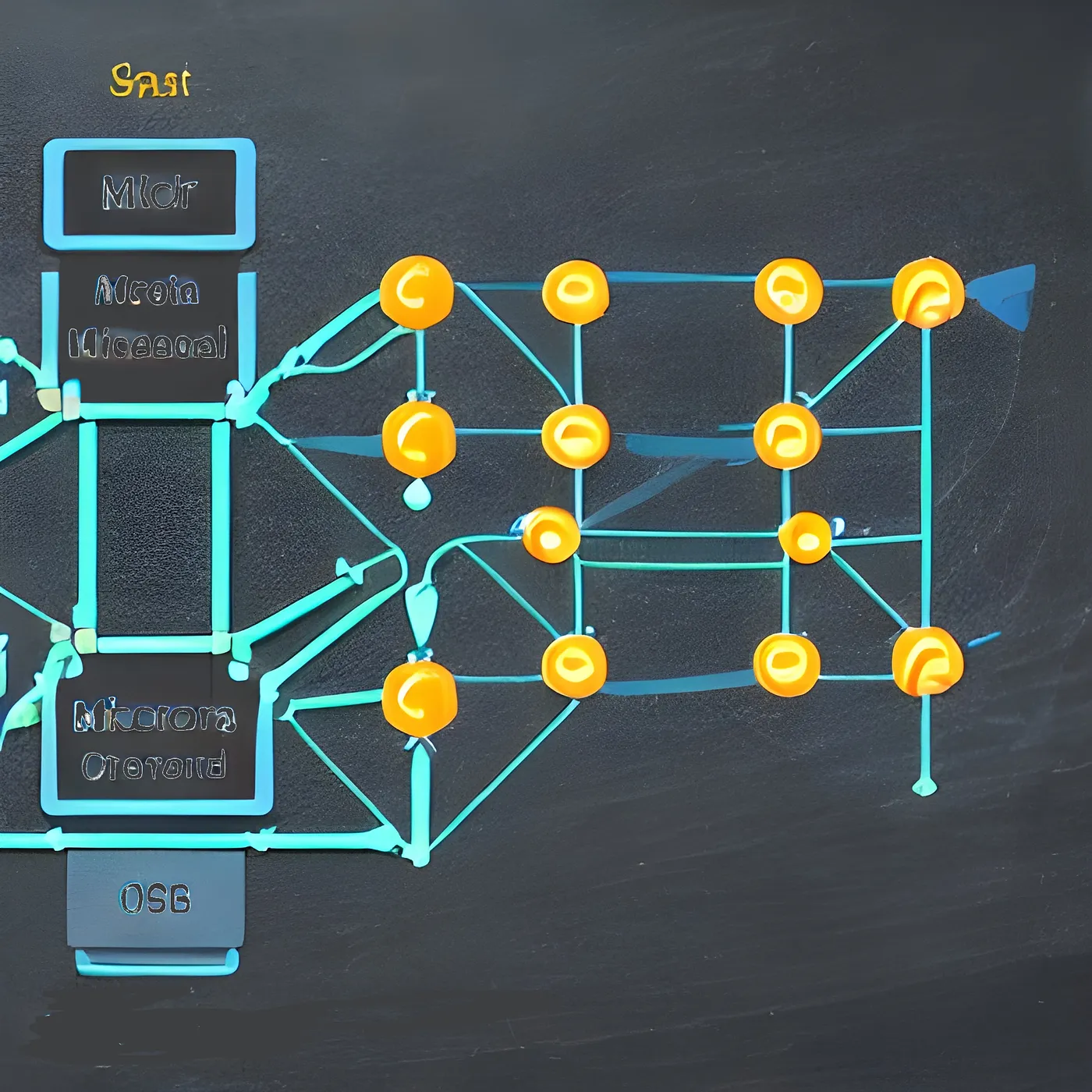-
Talinn, Estonia
-
-
support@lnsolutions.ee
Leveraging Nginx for Overriding default Alfresco Login Behavior
Keep reading on Medium...
Introduction
Nginx is a powerful web server and reverse proxy server that excels in handling various tasks, including URL rewriting and proxying. In this guide, we’ll explore advanced techniques using Nginx to rewrite URLs and proxy requests effectively to be used in conjunction with Alfresco in order to do advanced login customization to the default Alfresco login behavior.
Background
Alfresco supports various identity providers, such as LDAP (Lightweight Directory Access Protocol), Active Directory, and others. The default login behavior typically involves checking the user’s credentials (username and password) against the configured identity provider. If the credentials are valid, the user is granted access to the Alfresco repository.
The specific configuration for authentication is typically done in the Alfresco-global.properties file or through the Alfresco Share interface. Administrators can define authentication chain configurations, which specify the order in which authentication subsystems are consulted during the login process. This allows for flexibility in integrating with different identity providers.
The Problem: Alfresco ADF
Alfresco Application Development Framework (ADF) is a set of web-based components and tools provided by Alfresco for building modern, responsive, and extensible enterprise content management (ECM) applications. It is designed to work with the Alfresco Digital Business Platform, providing developers with a framework to create customized solutions that leverage the platform’s content and process management capabilities.
ADF is closely integrated with Alfresco Content Services, which is the underlying ECM platform. This integration allows developers to take advantage of Alfresco’s powerful content management capabilities.
Unfortunately the ADF libraries doesn’t allow to change the Login URL in order to extend backend login behavior. Here is where it comes in handy using nginx rewrite rules in order to use a newly created Alfresco Login Webscript which extends the standard LoginPost Webscript.
Installing and Configuring nginx
Step 1: Update Package List
sudo apt update
Step 2: Install Nginx






